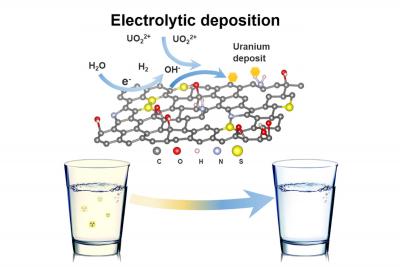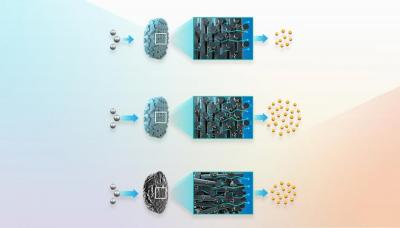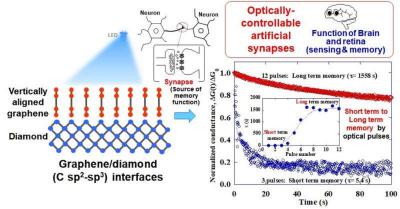by MBF Admin | Aug 9, 2021 | 2D materials, Aerospace, AGM, Angstron Materials, Audio, Boron Nitride, Cambridge University, Development, Electronics, Graphene applications, Investment, Products, Research, Technical / Research
Researchers from AMO, Oxford Instruments, Cambridge University, RWTH Aachen University and the University of Wuppertal have demonstrated a new method to use plasma enhanced atomic layer deposition (PEALD) on graphene without introducing defects into the graphene...

by MBF Admin | Aug 8, 2021 | 2D materials, Aerospace, AGM, Angstron Materials, Audio, Development, Graphene applications, Graphene Oxide, Graphene water treatment, Investment, MIT, Products, Research, Technical / Research
MIT-led research team uses graphene oxide foam in a device that can extract uranium and other heavy metals from tap water.Some kinds of water pollution, such as algal blooms and plastics that foul various bodies of water, are found in plain sight. However, other...

by MBF Admin | Aug 4, 2021 | 2D materials, Aerospace, AGM, Angstron Materials, Audio, Development, Graphene 3D Printing, Graphene Aerogel, Graphene applications, Investment, Products, Research, Technical / Research
Scientists at Lawrence Livermore National Laboratory (LLNL) are 3D printing graphene aerogel flow-through electrodes (FTEs), core components of electrochemical reactors used for converting CO2 and other molecules to useful products.Benefiting from the design freedom...

by MBF Admin | Aug 4, 2021 | 2D materials, Aerospace, AGM, Angstron Materials, Audio, Development, Graphene applications, Graphene Sensors, Investment, Products, Research, Technical / Research, Transistors
Researchers from Nagoya University in Japan have designed highly efficient computing devices using graphene-diamond junctions that mimic some of the human brain’s functions.A phenomenon crucial for memory and learning is “synaptic plasticity,” the...
by MBF Admin | Jul 22, 2021 | 2D materials, Aerospace, AGM, Angstron Materials, Audio, Conductors, Development, Investment, MIT, Products, Research, Spintronics, Technical / Research
Researchers at MIT and Harvard University have previously found that graphene can have exotic properties when situated at a ‘magic angle’. Now, a new study by some of the members of the same team shows that this material could also be a...

by MBF Admin | Jul 19, 2021 | 2D materials, Aerospace, AGM, Angstron Materials, Audio, Development, Investment, Products, Research, Technical / Research
Scientists at Tohoku University and colleagues in Japan have developed a mathematical model that abstracts the key effects of changes to the geometries of carbon material and predicts its unique properties.Scientists generally use mathematical models to predict the...




